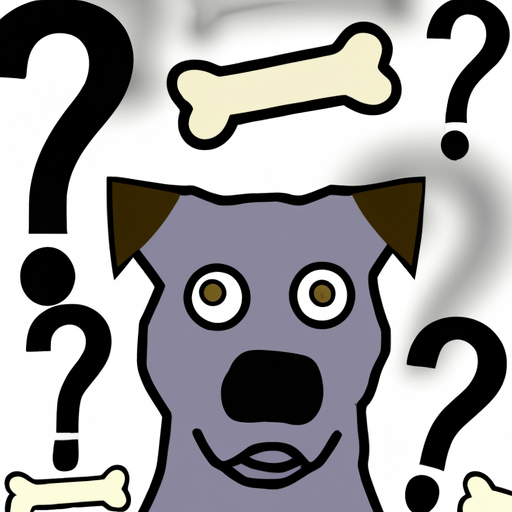Introduction
You’re a caregiver, a steward of your beloved canine companion. You notice everything about them – their wagging tail, their excited bark, and even the smallest details like their adorable whiskers. But have you ever stopped to wonder what purpose those whiskers serve?
What are Whiskers?
Whiskers, or ‘vibrissae,’ as they are scientifically known, are a type of tactile hair found in mammals. In your dog, you’ll notice them on their muzzle, above their eyes, and below their jaws. Here’s a quick look at how whiskers differ from regular hair:
| Regular Hair | Whiskers |
|---|---|
| Thin and fine | Thick and stiff |
| Primarily for protection and temperature regulation | Sensory and navigational aid |
The Purpose of Whiskers
Sensory Superpowers
Whiskers are like the canine version of a radar system. When your dog navigates through a dark room or a narrow space, they’re not just relying on their sense of smell or hearing – their whiskers are hard at work. These bristly hairs sense changes in air currents and alert your dog to nearby objects and obstacles, helping them navigate through their environment.
Expressing Emotion
Ever noticed how your dog’s whiskers twitch when they’re intrigued or tense? That’s because whiskers also play a role in expressing emotion. They’re a window into your dog’s feelings, helping you understand their emotions better.
Caring for Your Dog’s Whiskers
- Don’t Trim or Pluck Your Dog’s Whiskers: While it might be tempting to trim your dog’s whiskers for aesthetic reasons, resist doing so. Trimming or plucking whiskers can disorient your dog and cause them distress.
- Observe Whisker Health: Keep an eye out for any changes in your dog’s whiskers. Broken or missing whiskers could be a sign of a fight or health issue.
FAQs
Q: Are a dog’s whiskers sensitive?
A: Yes, whiskers are incredibly sensitive. They can detect even minute changes in air currents.
Q: Can I trim my dog’s whiskers?
A: It’s not recommended. Whiskers serve important sensory functions for dogs. Trimming them could disrupt your dog’s ability to navigate their environment.
Q: Do whiskers grow back if they get cut or broken?
A: Yes, whiskers do grow back over time. However, it’s best to avoid any damage to them in the first place.
In conclusion, your dog’s whiskers are not just cute, but also serve essential sensory and communication functions. So, the next time you see those whiskers twitch or sense an obstacle, you’ll know just how amazing they truly are!



